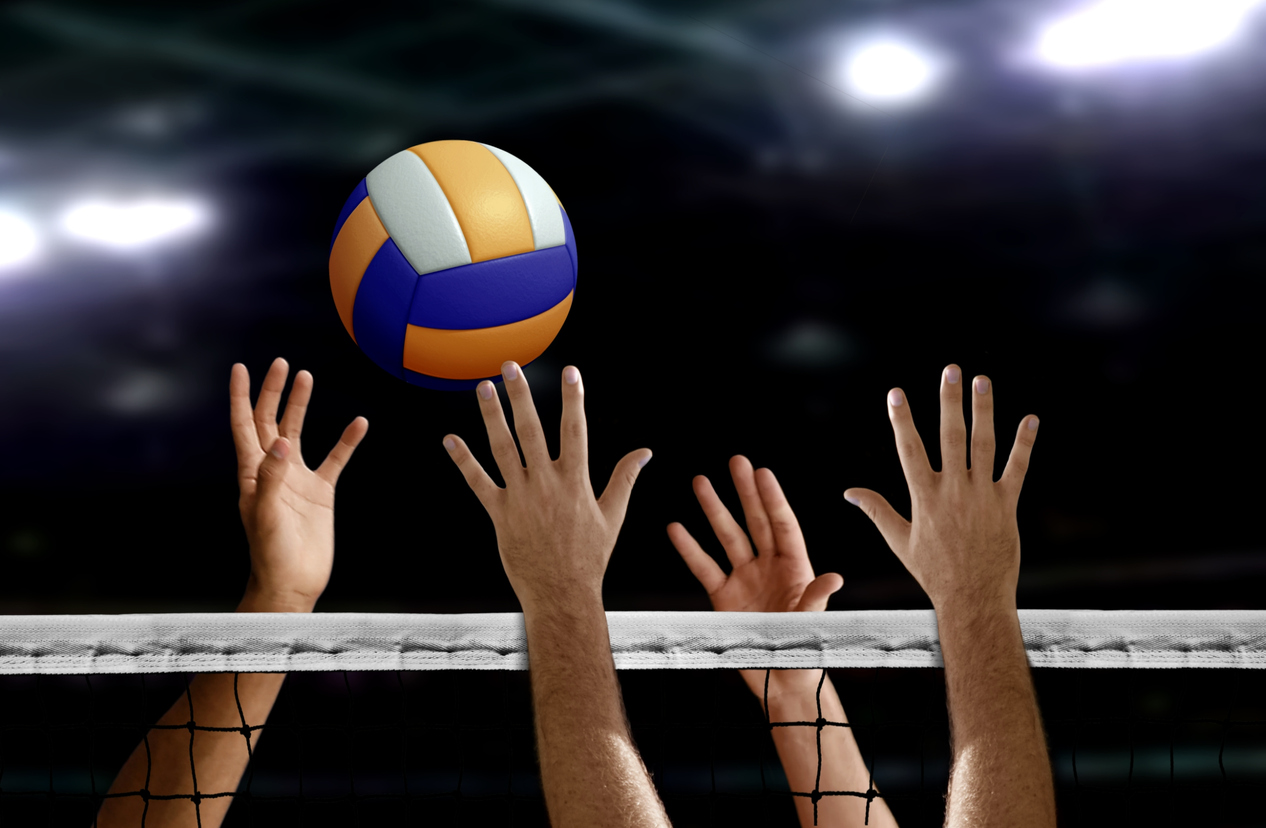Wilmington NC Chiropractors: Joint Injuries and Arthritis
A U.S. Centers for Disease Control and Prevention (CDC) study performed from 2007-2009 showed that at least 22.2% of adult Americans suffered from arthritis. The actual number could be higher than the CDC estimate, though, because these were self-reported and doctor-diagnosed cases. Naturally, no one knows how many unreported cases there are. Still, it’s reasonable to believe that this percentage will only become higher as the population ages. Our chiropractor in Wilmington NC explains more.
The short answer to the question asked in the title of this article is “Yes”. Joint injuries really can cause or accelerate arthritis. The reason is simple. Arthritis is all about inflammation of the joint. Inflammation is a natural reaction of the body to injury, pathogens or irritants. Trauma or injury is a major cause of arthritic conditions. Various forms of arthritis, like osteoarthritis (the most common form), are degenerative-they get worse over time and with wear and tear. Once an arthritic condition is established, it will get worse unless the root cause is found and dealt with, or the symptoms are managed by drugs.
Dr. Joseph Borrelli Jr., chairman and professor of orthopedic surgery at the University of Texas Southwestern Medical Center, performed a study to see how post-traumatic arthritis (PTA) developed after an acute joint injury. Using an animal model, Borrelli found that trauma to the joint can lead to a range of acute lesions, including fractures to bones, ligament or meniscus tears and damage to the articular cartilage. These types of injury are often associated with bleeding in the area of the joint and cause post-traumatic joint inflammation. Despite the resolution of the acute symptoms, and the fact that some lesions could be surgically repaired, joint injury causes a chronic remodeling of the cartilage and other joint tissues that in a majority of cases eventually manifests as osteoarthritis.
The key seems to be in the chondrocytes. These are the cells present in healthy cartilage that help to produce and maintain it. When an acute injury occurs, these chondrocytes become inactive within a month, slowly reducing the structural integrity of the cartilage. Borelli said “In our PTA model, the cells became inactive almost immediately after injury and stopped producing these compounds [that maintain the cartilage]. He continued, “This may explain why PTA sometimes develops very quickly in patients after an injury, regardless of how successful we were in fixing the fracture. PTA can develop in just 6 months-unlike osteoarthritis, which may take up to 60 years to develop.”
PTA aside, serious joint injuries that are not addressed promptly can cause a range of problems down the road. By healing incorrectly or incompletely, joints can become susceptible to instability and re-injury. Weakened or unstable joints may also lead to other related injuries as the body changes its mechanics to compensate.
If you or someone you care about has recently suffered a back, neck or other joint injury, we can help! Proper treatment can make a big difference!
If you are looking for Wilmington NC Chiropractors, contact us today.




